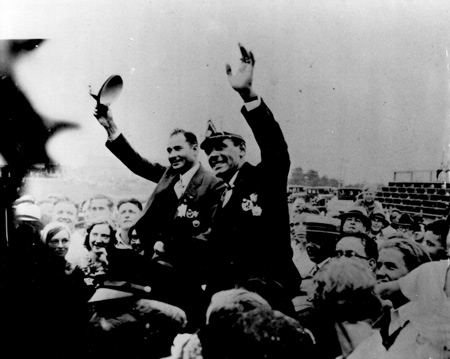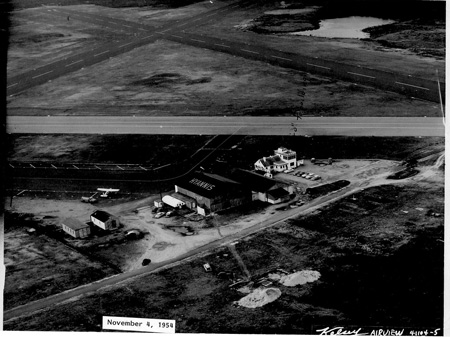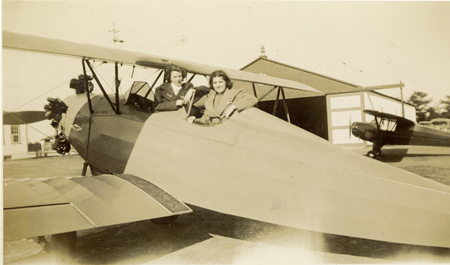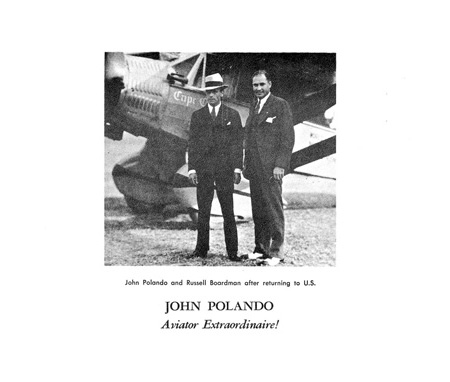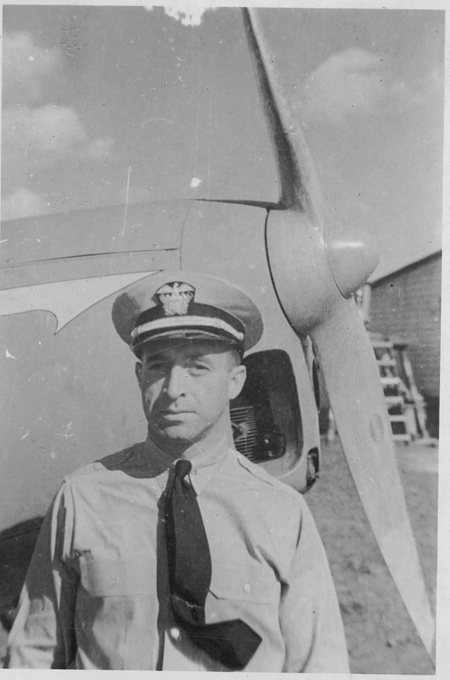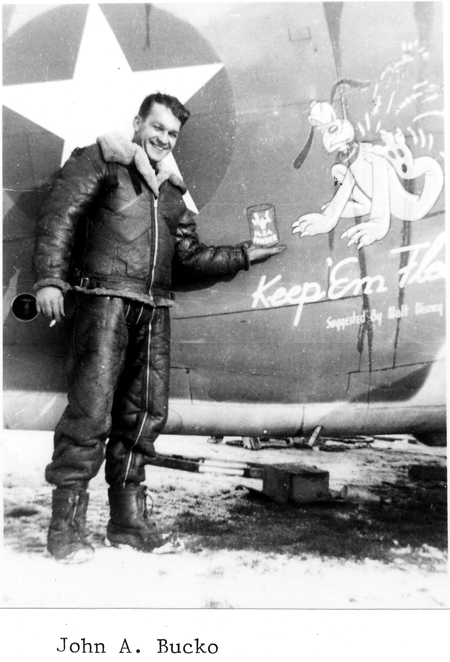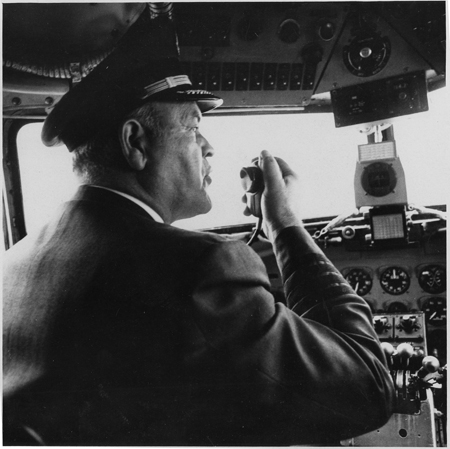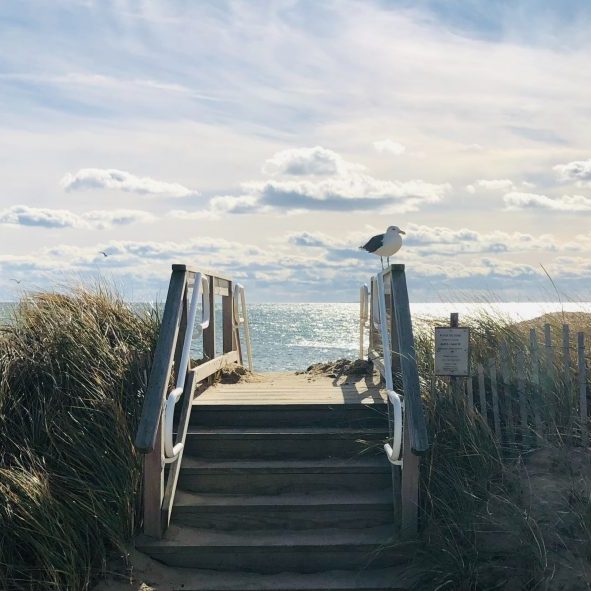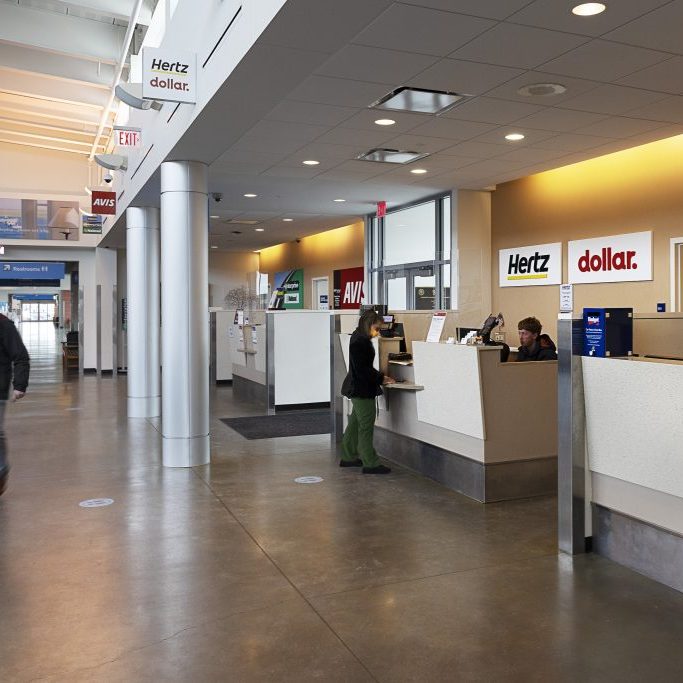History
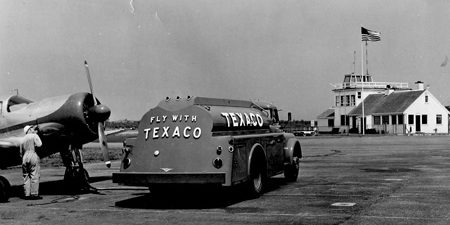
Airport History – By Nancy V. Shoemaker:
Charles Ayling and his son, Robertson, bought a 57-acre property known as “Tip Top Farm” from George W. Wagoner in 1928. Engineer George Clements started laying out the airport that March. The densely wooded area, west of Mary Dunn Road, had to be cleared, plowed, rolled and seeded.
The official airport opening was in July, but June 17, 1928, saw the first landing. The plane was a Waco 9; the pilot was Alton Sherman who would become, in 1931, the airport’s manager — a position he held for 25 years.
Manager Robertson (Bob) Ayling had called the Dennison Airport in the Quincy village of Squantum, asking for any available pilot to try out their new landing field. Mr. Sherman and his passenger, Dr. Edward Ormsby, were happy to oblige. The Barnstable Patriot of June 20, 1928, reported, “Bob Ayling, the manager, then took the plane and christened the field by making the first take off, and after a flight around the Cape and a return pronounced everything most satisfactory. The main part of the field is grassed and heavily rolled, making an excellent surface.”
One year later the runway was lengthened, Boston Herald Travelers were delivered daily, and air shows brought half the town populace out to watch the excitement. July 2, 1931, saw scheduled air service start with five passengers flying from Boston on the first plane. The plane would leave Hyannis at 7:45 a.m. every day to connect with the 8:30 a.m. flight from Boston to New York. By 1937 an average of four planes were landing per day during the summer season. The Cape Cod School of Aeronautics, Inc. opened in 1939.
In 1940, leading up to World War II, the federal WPA program improved the airport for possible use by our armed forces. The airport then had three 4,000 ft. runways. The Army Air Corps flew anti-submarine reconnaissance flights from there. In 1943, the Navy took control of the airport as the Naval Auxiliary Air Station, Hyannis. Bomber pilots were trained here; one was future President George H. W. Bush. The airport was again used for civilian flights in February 1946. The next year the airport was given back to the Town of Barnstable.
Runway 6/24 was extended to 5,600 ft., and a new terminal was constructed in 1957. Four years later a new air traffic control tower was built.
In 2001, an Engineered Material Arresting System was installed. It functions at the end of a runway to slow down and stop planes. It was the first system of its kind in New England.
2011-2012 began a new era for the Barnstable Municipal Airport with the demolition of the old tower and terminal and construction of new ones as part of a $40 million airport improvement program.
The story behind the airport’s official name, Boardman-Polando Airfield:
In the summer of 1931, the world was captivated with the accomplishment of Massachusetts aviators Russell Boardman and Johnnie Polando. On July 28, 1931, the two friends and pilots took off from Floyd Bennett Field in New York City in Boardman’s Bellanca Special J-6 monoplane and landed at 1:08 p.m. on July 30th at Yesilkoy Airport in Istanbul, Turkey, a distance of 5,011.8 miles. Their flight was the first recorded transatlantic flight since Lindbergh’s in 1927 and, more importantly, it set a new non-stop distance world record.
Boardman and Polando flew 49 hours and eight minutes in a single engine plane, stripped of doors, radio, brakes and lights to accommodate every ounce of fuel possible. Some 728 gallons of gasoline had been stowed in metal cans throughout the plane. All but five gallons was used on the trip. They landed with 15 minutes of fuel to spare. A large meteorological map and a compass served as their navigation tools.
The weight of the plane was crucial to their success; in fact, Boardman chose Johnnie Polando, his ace mechanic, to be his co-pilot for the venture when he learned that Johnnie weighed only 127 pounds. The only cargo they could conceivably have left behind were two roasted chickens and sandwiches they ordered for the trip from a New York caterer. The food was hardly touched during the flight; they ran on black coffee and adrenaline.
The Cape Cod Connection:
Russell N. Boardman was born in Connecticut in 1898. His family had a home on Bass River in South Yarmouth, Massachusetts. For a year — 1930 — Mr. Boardman ran Hyannis Airport following the death of owner Robertson Ayling. In 1931, his Bellanca came with the name American Legion, but he promptly changed it to Cape Cod.
John L. Polando was born into a large Lynn, Massachusetts family in 1901. His first Cape Cod flights were as a member of the Massachusetts Air Guard’s summer encampment at what is now Cape Cod Airport in Marstons Mills. Johnnie retired to Cape Cod in 1972, spending his days at Hyannis Airport often flying banners.
The two aviators considered the Hyannis airport their home base. They trained here for their record-breaking flight, starting in the summer of 1930.
In 1981, on the 50th anniversary of their record-breaking transatlantic flight, Barnstable Municipal Airport added “Boardman-Polando Airfield” to its name, in honor of two aviators and friends who loved Cape Cod and lived to fly.
PHOTO GALLERY
- Boardman Reception
- Russell Boardman and Johnnie Polando
- 1954
- 1928, 1st Plane to Land
- Edith Ritain
- John Polando
- Alton Sherman
- Naval Training
- Geroge Parmenter


